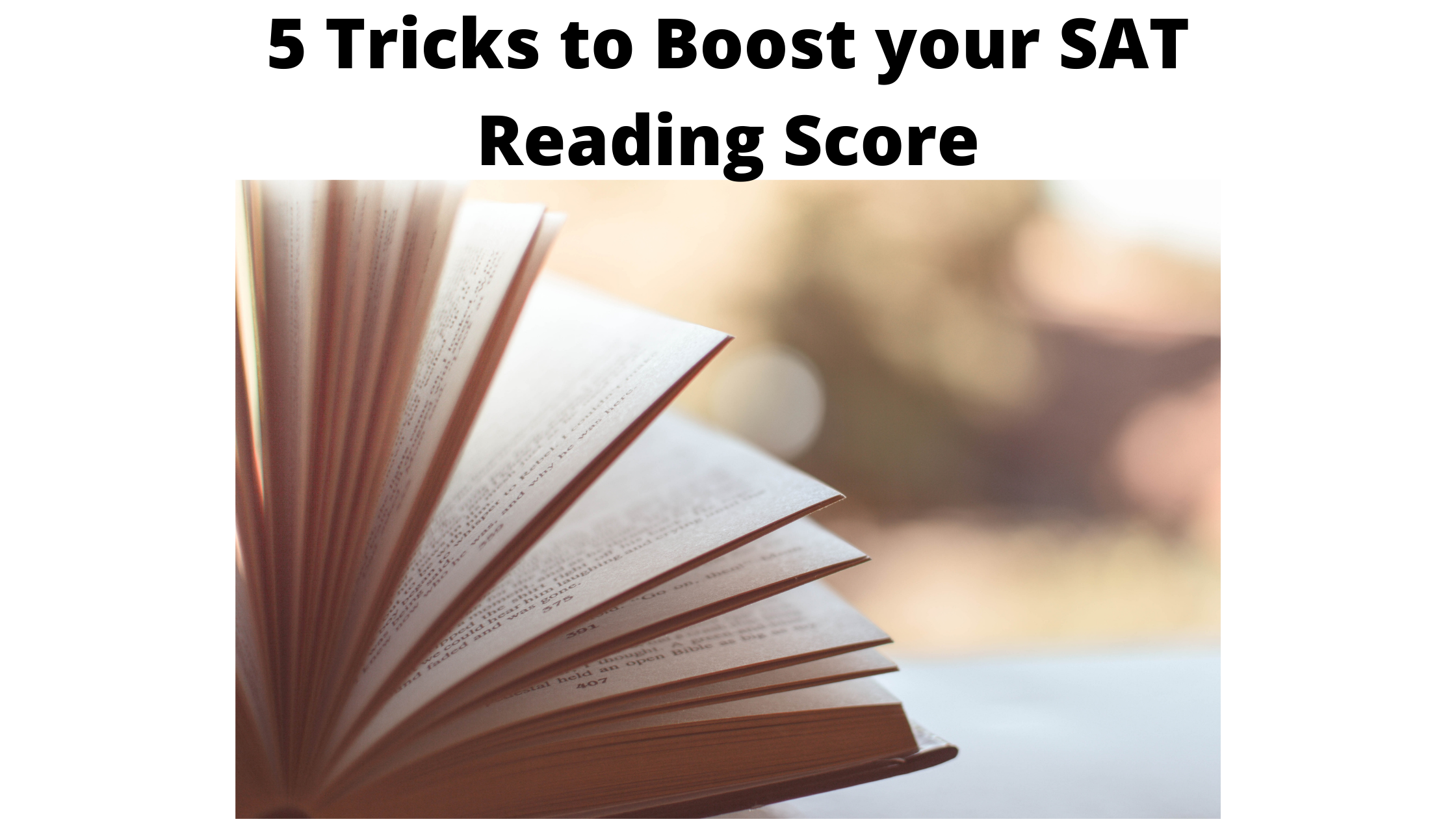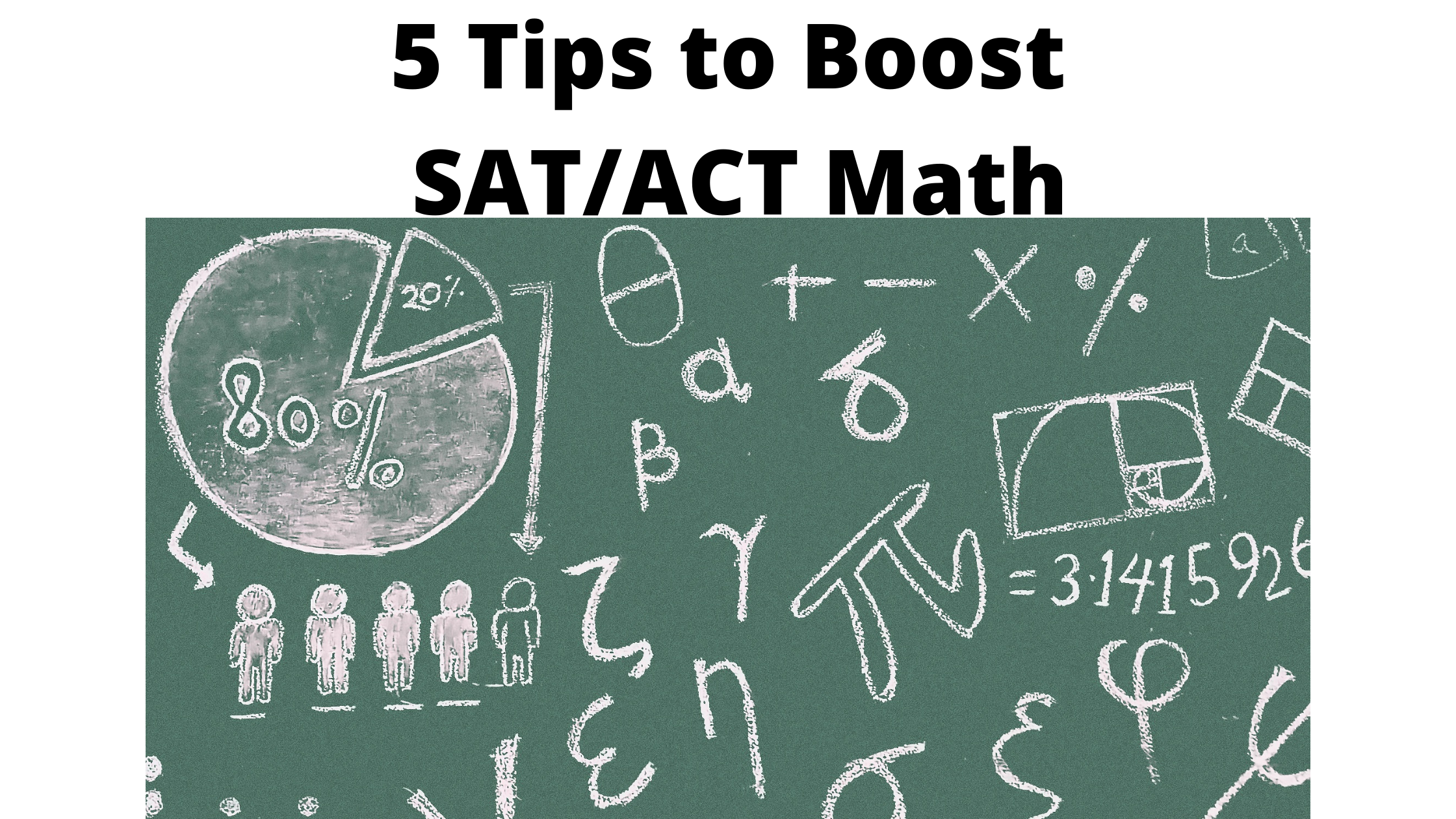5 Types of Wrong Answers on SAT Reading

Did you know that the SAT Reading is super predictable? That’s because the tastemakers use the same tricks in every single test. Once you know what those tricks are, the Reading will be a breeze. Read on to see how!
The number one thing to know about the SAT Reading is that there is only one answer and that one answer will be found in the passage. If it’s not directly supported by the passage, it’s wrong. (That’s why the full name is SAT Evidence-based Reading!) So how do you figure out which one that is? My favorite approach is knowing what kind of tricky wrong answers to look out for. On the SAT Reading, there are 5 types of wrong answers:
- The answer is true but wrong: This answer choice will be clearly stated in the passage, so students think “Hey, this choice is supported by the passage, so it must be correct”. However, this option doesn’t answer the question. When you take the test, make sure you know what the question is asking. Even if the answer is technically true, review all your other choices to find the one that’s supported by the passage and answers the question.
- “Sounds” right: This kind of wrong answer is tricky. By this point, you’ve probably been asked by your English teacher a million times to interpret what authors are saying in your own way. Throw that skill out for the SAT Reading. Don’t rely on your outside knowledge or outside perspective to answer the question. It may seem right based on personal perspective, but if the answer is not directly supported by the passage, then it’s wrong.
- The over-the-top choice: A good skill to be familiar with for both the Reading and Writing sections is knowing the tone of the passage. Sad? Happy? Excited? Neutral? Pay attention to this as you read. Many times, the SAT will give you an answer choice that’s more extreme than how the idea was presented in the passage.For example, the passage may use words such as “dislike, appreciate, like”, which are fairly neutral. And the answer choice uses words such as “abhor, adore, ecstatic,” which are extreme versions. Go with the answer that’s similar to the tone of the passage.
- Almost true: This type of wrong answer requires you to read your options carefully. Many times, the first half of the answer will be supported by the passage and answer the question. You might think “Great! There it is!” and then move on. Don’t fall for it!! Always read the entire answer choice to make sure every part has evidence and answers the question.
- Opposite: The SAT will often provide the opposite answer to the question. These are tricky because they’re usually related to the answer, and it’s easy to read too fast and accidentally add or leave out important words. For example, the answer choice may say “Max likes dogs.” And the passage says “Max dislikes dogs.” When you’re in a timed situation, it’s easy to overlook words, so practice careful, but quick, reading. And as always, go back to the passage to verify your answers.
The next time you take a test, keep an eye out for these types of wrong answer choices and you’ll be on your way to acing the SAT Reading!
-3.png?width=498&height=300&name=BrainsandBrawn-Primary%20(1)-3.png)

